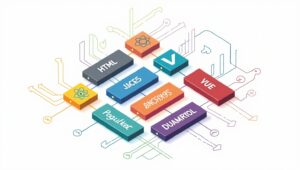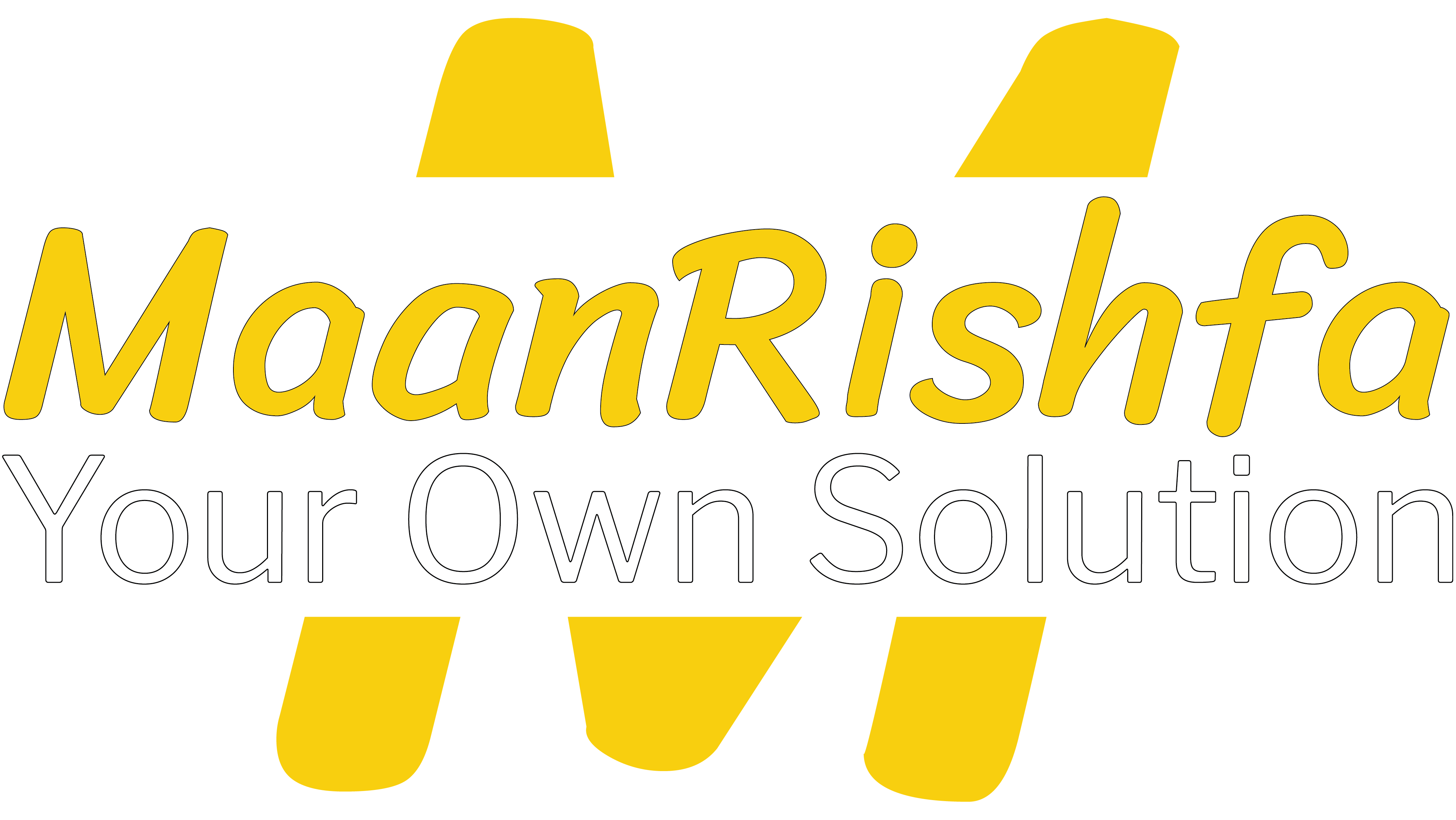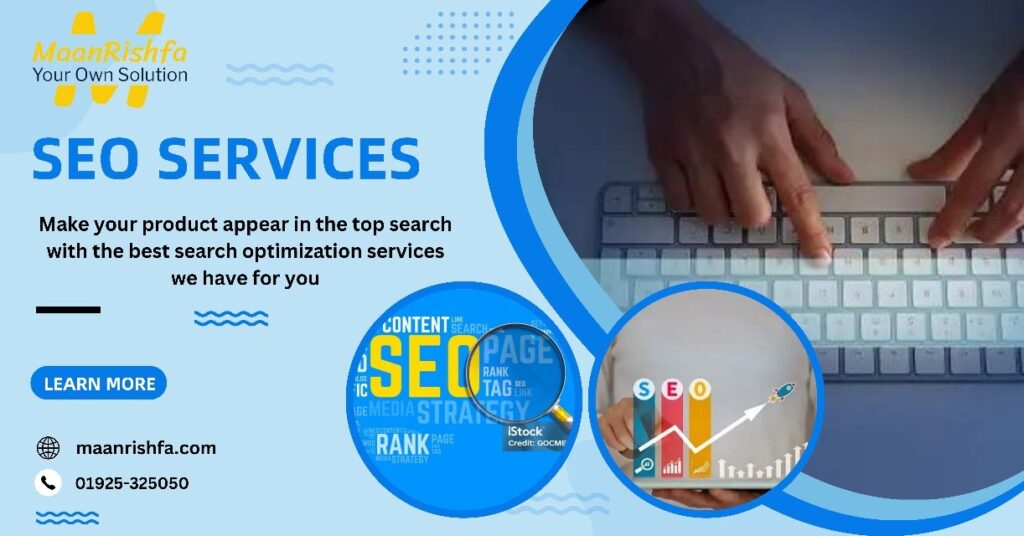Web Development Languages and Frameworks: The Ultimate Guide in 2025
Web Development Languages and Frameworks play a critical role in shaping the digital experiences we interact with daily. Building fast, scalable, and user-friendly websites is essential for business success in today’s digital landscape. The web development languages and frameworks developers use to create seamless user experiences and powerful backend functionalities are at the heart of any robust website or web application.
Whether you’re a beginner in web development or a business looking to understand how your website is built, it’s crucial to grasp the fundamentals of the languages and frameworks that drive modern websites. In this article, we’ll break down the most popular web development languages and frameworks, their purposes, and how to choose the right ones for your project in 2025.
What Are Web Development Languages and Frameworks?
Before getting into the details, let’s define these terms.
Web development languages refer to the programming and scripting languages used to build websites and web applications. These are divided into two main categories:
- Frontend languages: Handle the design and user interface (what users see).
- Backend languages: Manage server-side logic, databases, and server interactions.
A web development framework is a set of tools and code structures designed to simplify and speed up the creation of web applications.. Frameworks simplify complex tasks, enforce best practices, and often include tools for testing, security, and database management.
Popular Frontend Web Development Languages and Frameworks
1. HTML, CSS, and JavaScript
These are the foundational languages of the web.
- HTML (HyperText Markup Language): Structures web content.
- CSS (Cascading Style Sheets): Styles the content with colors, layouts, and fonts.
- JavaScript: Adds interactivity, like sliders, form validation, and animations.
2. React.js
- Type: JavaScript library (often considered a framework).
- Application: Creating interactive front-end experiences, with a focus on SPAs.
- Why It’s Popular: Created by Facebook, React offers a component-based architecture that simplifies frontend development.
3. Vue.js
- Type: JavaScript framework.
- Use Case: Similar to React, but with a gentler learning curve and simpler syntax.
- Ideal For: Developers looking for flexibility and simplicity without sacrificing functionality.
4. Angular
- Type: Full-fledged JavaScript framework.
- Use Case: Enterprise-grade applications with complex features.
- Developed By: Google.
- Key Feature: Includes built-in tools for routing, state management, and testing.
Leading Backend Web Development Languages and Frameworks
1. JavaScript (Node.js)
- Framework: Express.js
- Use Case: Server-side scripting with non-blocking, event-driven architecture.
- Why Use It: JavaScript can now be used both on the client and server sides, reducing context-switching.
2. Python
- Frameworks: Django, Flask
- Use Case: Web apps, APIs, and machine learning integration.
- Why It’s Popular: Clean syntax and a massive ecosystem make Python a top choice for rapid development.
– Django: A high-level framework for fast development with built-in admin panels and security features.
– Flask: Lightweight and flexible, great for small projects or microservices.
3. PHP
- Frameworks: Laravel, Symfony
- Use Case: Traditional web development and CMS platforms like WordPress.
- Why Use It: Despite being older, PHP powers over 70% of the web, and Laravel has modernized its usage.
4. Ruby
- Framework: Ruby on Rails
- Use Case: Startups and MVPs due to fast prototyping capabilities.
- Why It’s Loved: “Convention over configuration” philosophy makes it easy to start.
5. Java
- Frameworks: Spring Boot
- Use Case: Enterprise-level applications, banking, and e-commerce.
- Strength: Strong typing, scalability, and a mature ecosystem.
6. Go (Golang)
- Use Case: Cloud-native applications and microservices.
- What Makes It Stand Out: High performance and efficient concurrency capabilities.
Full-Stack Frameworks and Languages
It involves handling the development and upkeep of both client-side and server-side components. Some tools efficiently support both ends.
1. JavaScript (MEAN/MERN Stack)
- MEAN: MongoDB, Express, Angular, Node.js
- MERN: MongoDB, Express, React, Node.js
- Why It Works: JavaScript is used throughout the stack, streamlining development.
2. Python + Django + React
This combination leverages Python’s simplicity on the backend and React’s power on the frontend.
Choosing the Right Web Development Languages and Frameworks
To select the most suitable tech stack, consider these key aspects:
1. Project Size and Complexity
- To create simple websites, you can rely on HTML, CSS, JavaScript, and possibly Flask for lightweight server-side logic.
- For complex applications: React + Django or Angular + Spring Boot.
2. Team Expertise
- Minimize delays by relying on tools your developers already understand.
3. Community and Support
- Larger communities offer more tutorials, plugins, and problem-solving support.
4. Performance and Scalability
- If you’re building for high traffic, Go or Node.js may be more suitable than PHP or Ruby.
5. Time to Market
- Laravel and Ruby on Rails are ideal for MVPs due to their rapid development capabilities.
Emerging Trends in Web Development Technologies: 2025 and Beyond
The landscape of web development languages and frameworks is constantly evolving. Here are a few key trends:
- TypeScript Adoption: Developers are increasingly turning to TypeScript for improved type checking and more powerful tooling support.
- Serverless Frameworks: Tools like Next.js and AWS Lambda are enabling serverless architectures.
- AI Integration: Python is favored for its seamless integration with AI frameworks and data processing tools.
- Low-Code/No-Code: While not replacing traditional frameworks, these tools are becoming useful for prototyping and non-technical users.
Final Thoughts
Knowing which web development languages and frameworks to use is vital for developers, business owners, and tech-savvy individuals alike.. As the internet becomes more integrated into daily life, the demand for skilled developers using modern tools only continues to rise.
The key is to choose technologies that align with your project goals, developer skill sets, and future scalability needs. Whether you’re building a simple blog or a dynamic e-commerce platform, the right mix of languages and frameworks can make all the difference in development speed, performance, and user experience.


